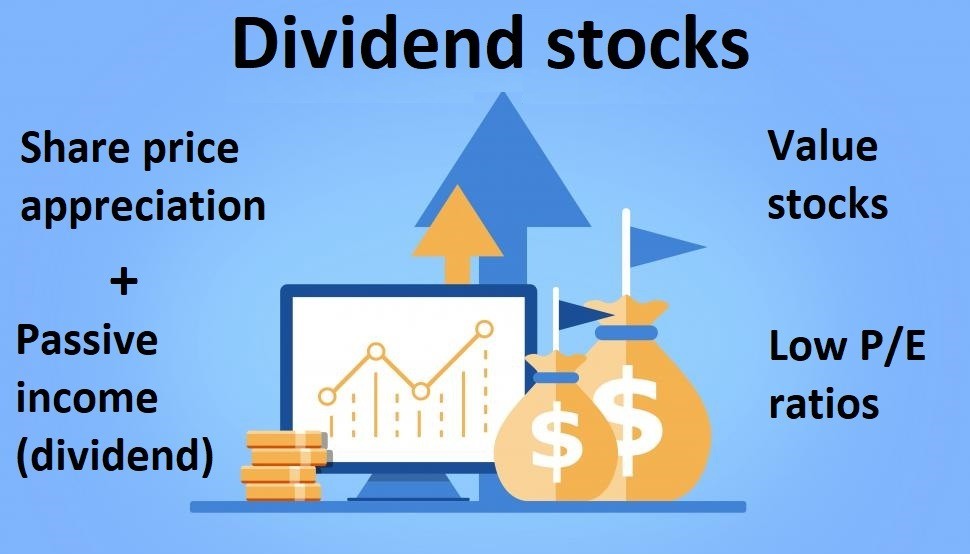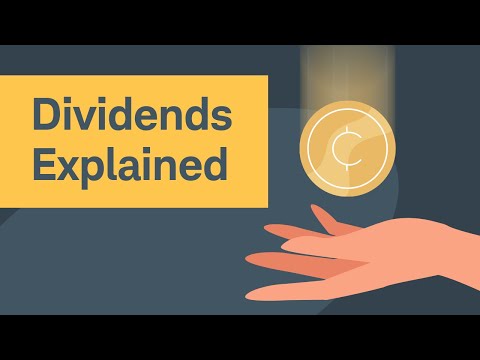Introduction to Stocks Dividends
What are Stocks Dividends?
Historical Perspective on Stocks Dividends Investing: Are you curious about the secret sauce of wealth that many successful investors swear by? Look no further than dividends. In the realm of investing, dividends play a crucial role in generating passive income and building long-term wealth. This article serves as a beginner’s guide to understanding dividends, exploring their benefits, strategies for maximising returns, and important considerations in dividend investing. Let’s delve into the world of Stocks Dividends and unlock the potential they hold for your financial journey

The Secret Sauce of Wealth: Stocks Dividends Explained for Beginners
Introduction to Stocks Dividends
What Are Dividends? Imagine dividends as little love notes from companies to their shareholders. Essentially, when you own shares of a company’s stock, you may be eligible to receive a portion of the company’s profits, known as dividends. It’s like being rewarded for being a loyal supporter of a business.
Historical Perspective on Stocks Dividends Investing
Think of stock dividend investing as the OG (original gangster) of investing strategies. It’s been around for centuries and has stood the test of time as a proven method for creating wealth. Back in the day, receiving dividends was a mark of prestige and a source of passive income for aristocrats. Today, it’s a way for regular folks like us to build our financial futures.
The Benefits of Dividend Investing
Steady Income Stream
Dividends can provide a reliable source of income, much like the paycheck you get every month. Whether you’re saving up for a rainy day or planning for retirement, dividends can be a steady stream of cash flow that keeps on giving

Participation in Company Profits
Dividend investing isn’t just about making money; it’s also about feeling like you’re part of the company’s success. When companies do well and share their profits with shareholders through dividends, it’s like a little pat on the back for believing in them.
Understanding Dividend Yields
Definition and Calculation
Dividend yield is like the cherry on top of the investment sundae. Essentially, it is the stock price expressed as a percentage of the annual dividend payment. It gives you a quick peek into how much bang you’re getting for your buck in terms of dividend payouts.
Interpreting Dividend Yields
A high dividend yield might seem enticing, like a flashy sports car, but it could also be a red flag, signalling potential risks. On the flip side, a low dividend yield doesn’t mean a stock isn’t worth considering; it could be a hidden gem waiting to shine.
Diversification in Stocks Dividends
Just like a balanced diet is key to a healthy lifestyle, diversification is crucial in dividend investing. By spreading your investments across different companies and industries, you can reduce risk and ensure a smoother ride on your wealth-building rollercoaster.
Evaluating Dividend Stocks
Key Metrics to Consider
When evaluating dividend stocks, look at key metrics like the dividend yield, payout ratio, and dividend growth rate. The dividend yield tells you how much a company pays in dividends relative to its stock price. A low payout ratio indicates the company can sustain its dividend payments, while a high growth rate shows potential for increasing payouts over time.
Researching and Selecting Dividend Stocks
Research is key when selecting dividend stocks. Look into the company’s financial health, industry conditions, and track record of dividend payments. Consider diversifying your portfolio across different sectors to reduce risk. Remember, past performance is not a guarantee of future results, so choose wisely.
Risks and Considerations in Stocks Dividends Investing
Market Volatility and Economic Factors
Dividend stocks are not immune to market volatility and economic downturns. Changes in interest rates, inflation, and geopolitical events can impact stock prices and dividend payouts. Understanding these risks and staying diversified can help mitigate potential losses.
Dividend Cuts and Sustainability
Companies may cut or suspend dividend payments during tough times to conserve cash. Monitor the company’s financial health and payout ratios regularly. Investing in companies with a history of sustainable dividends and strong balance sheets can help weather economic storms.
Tax Implications of Income
Taxation of Qualified vs. Non-Qualified Dividends
Dividends are taxed differently based on whether they are qualified or non-qualified. Qualified dividends are taxed at lower capital gains rates, while non-qualified dividends are taxed as ordinary income. Understanding these tax implications can help you plan your investments more efficiently.
Strategies for Tax-Efficient Dividend Investing
To minimize taxes on dividend income, consider utilizing tax-advantaged accounts like IRAs or 401(k)s. Holding dividend stocks for the long term can also qualify for lower capital gains tax rates. Consult with a tax professional to explore strategies that align with your financial goals.
Conclusion: Harnessing the Power of Dividends for Financial Success
Dividend investing can be a rewarding strategy for building wealth over time. By carefully evaluating dividend stocks, understanding the risks involved, and optimizing tax efficiency, you can harness the power of dividends to achieve financial success. Remember, patience and a long-term perspective are key when embarking on your dividend investing journey. Happy investing!8. Conclusion: Harnessing the Power of Dividends for Financial Success
In conclusion
Dividends offer a powerful tool for investors to generate steady income and grow their wealth over time. By grasping the fundamentals of dividend investing, evaluating dividend stocks wisely, and navigating potential risks, you can harness the power of dividends to achieve your financial goals. Whether you’re aiming for passive income or long-term growth, incorporating dividends into your investment strategy can pave the way for financial success. Embrace the potential of dividends and watch as they become your secret sauce for building a prosperous financial future.
FAQ
- What are some key factors to consider when evaluating dividend stocks?
Ans: When looking at dividend stocks, the dividend yield, payout ratio, history of dividend growth, company stability, and general financial health are some of the most important things to think about. - How can I determine if a company’s dividend is sustainable in the long run?
Ans: Check the long term, check its payout ratio, consistent profits, free cash flow, and debt levels of a company to see if its dividend will last in the long term. - Are there any tax implications I should be aware of when investing in dividend-paying stocks?
Ans: It is possible to tax dividends as income. The rates vary depending on whether the dividends are qualified or regular, and the tax effects can differ in each country. - Can dividends be reinvested automatically, and how does this impact overall returns?
Ans: If you have a Dividend Reinvestment Plan (DRIP), you can have your dividends immediately reinvested. Buying more shares can increase your returns over time.

